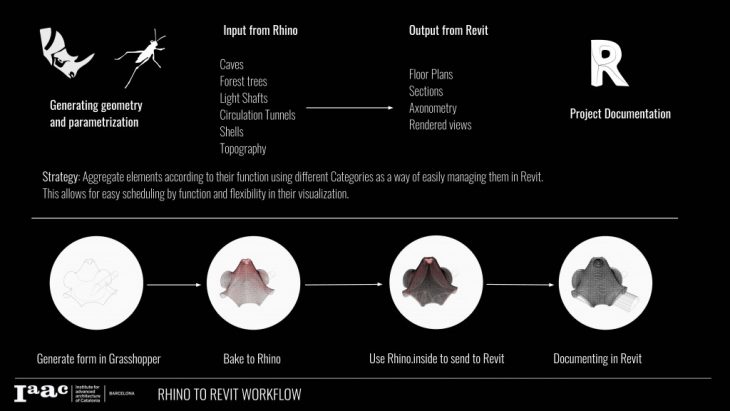The project of the Energy and Water plant for the Lunar settlement on the slope of the Shackleton crater explores the design and construction methods for the extreme lunar condition and also poses the question: what the design is for in such extreme environment?
The design derives from the site conditions: no atmosphere, no life, low gravity, harsh radiation, extreme temperature difference between the sunlit and shaded areas. The sun is the obvious source of energy, water is potentially available in the dark areas inside the craters. All other resources are underground. The logical conclusion was to locate the space for humans and the water storage underground, where the regolith would be protecting them from some of the surface extremities.
The mechanical excavations on the Moon are quite a challenge, so we suggest that we should blow a series of nuclear explosions on and under the Moon surface, creating craters and caves. The low gravity will ensure that the caves, created by the compression of the regolith, won’t collapse under its mass. They will be further cleaned, 3d-scanned and adapted for the ice and water storage, solar panels and battery production and storage.
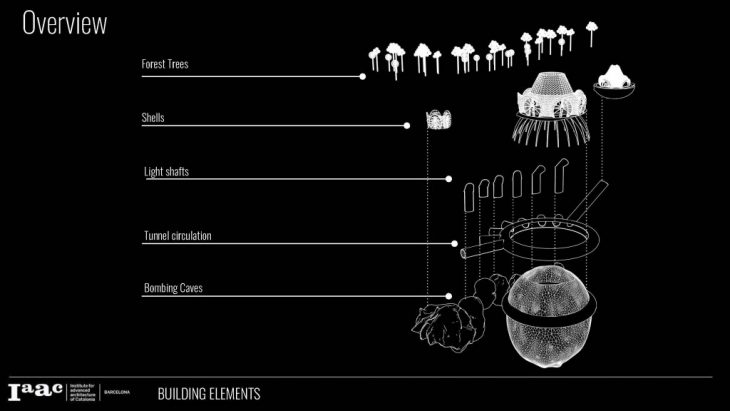
Our design workflow:
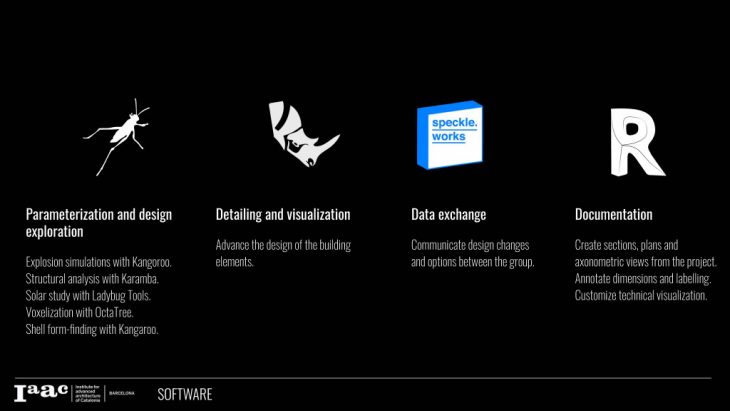
Parameterization and design exploration in Grasshopper
- Explosion simulations with Kangoroo.
- Structural analysis with Karamba.
- Solar study with Ladybug Tools.
- Voxelization with OctaTree.
- Shell form-finding with Kangaroo and Weaverbird
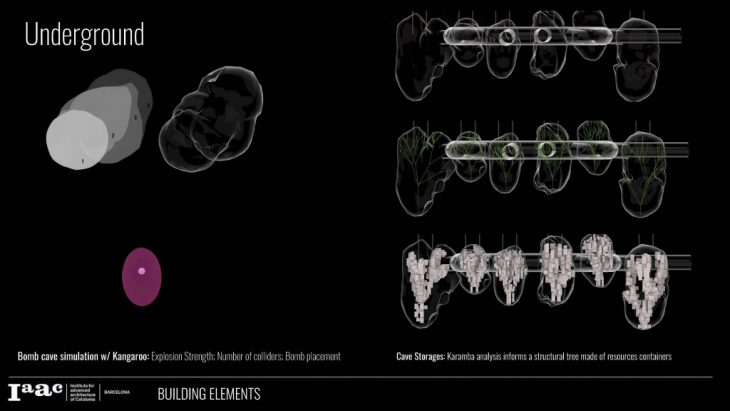
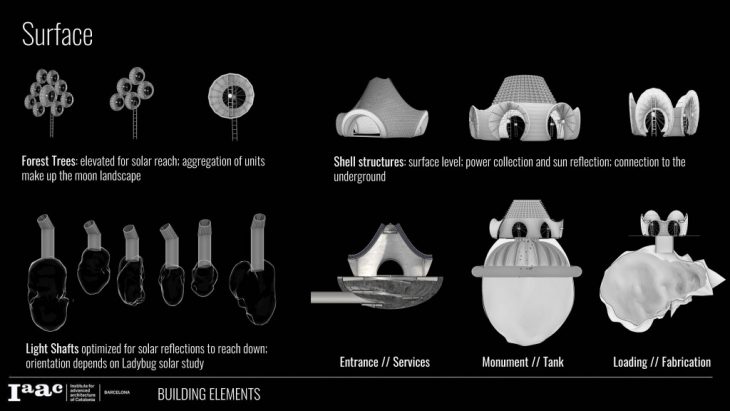
Detailing and visualization in Rhino
- Advance the design of the building elements
Data exchange in Speckle
- Communicate design changes and options between the group
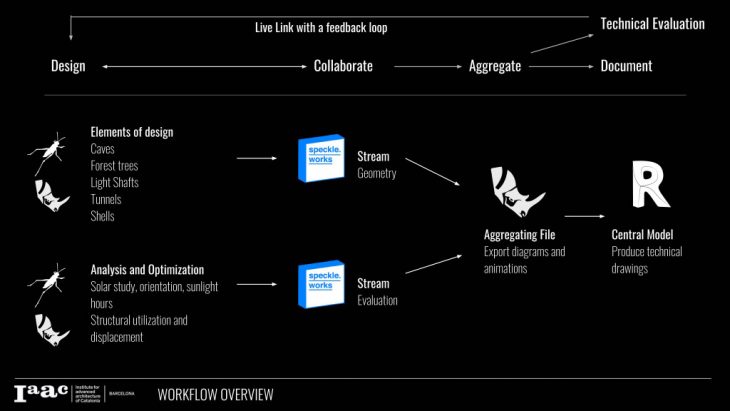
Documenting the design in Revit
- Open the model through the RhinoInside plugin
- Create sections, plans and axonometric views from the project.
- Annotate dimensions and labelling.
- Customize technical visualization
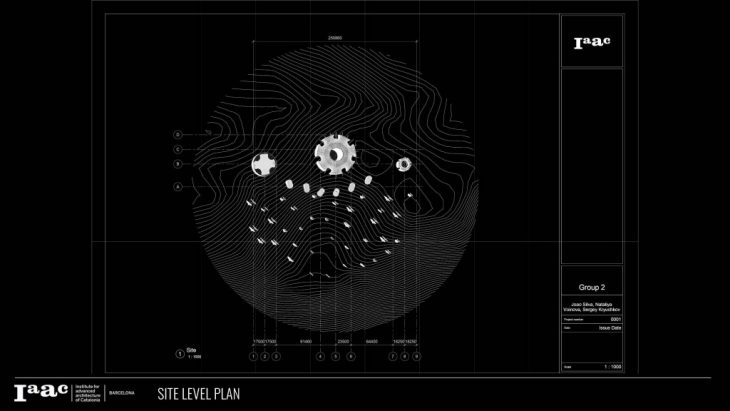
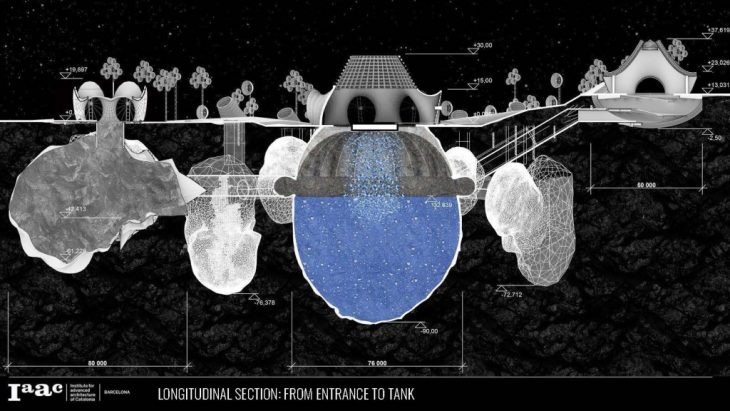
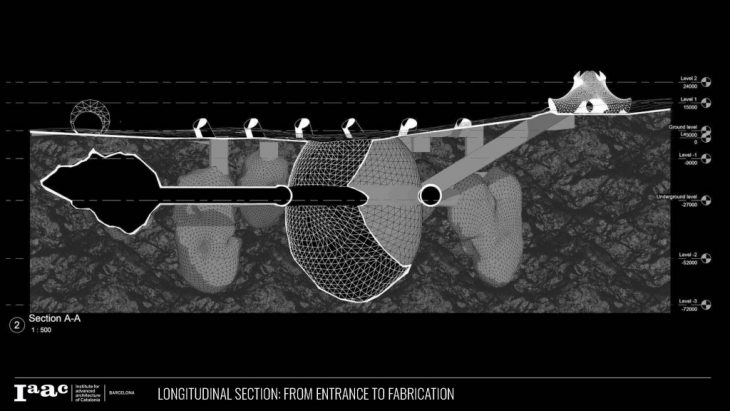
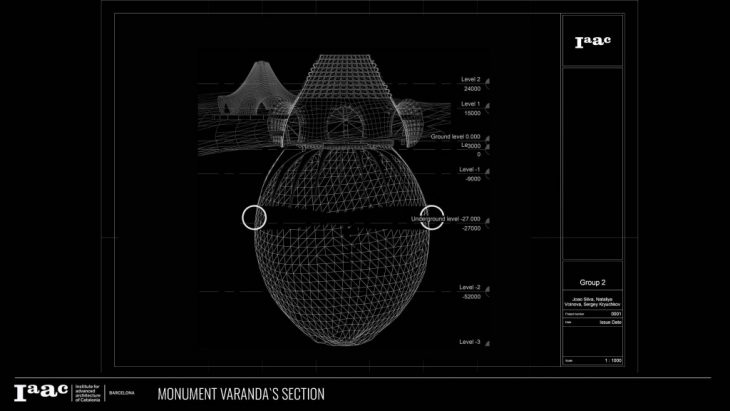
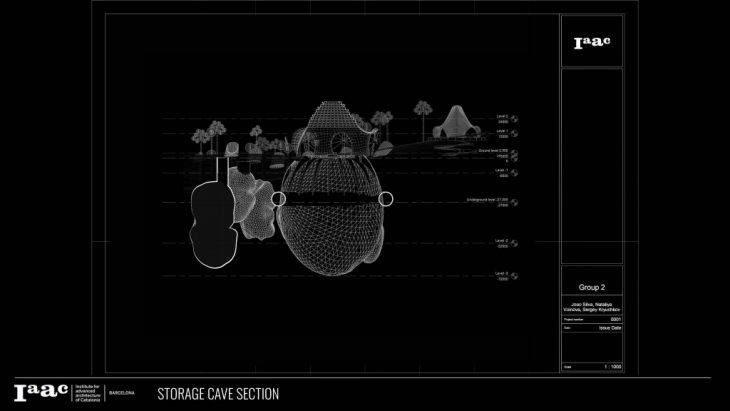
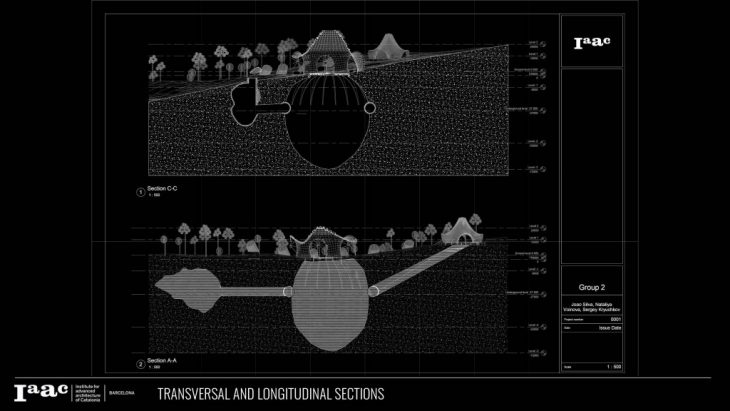
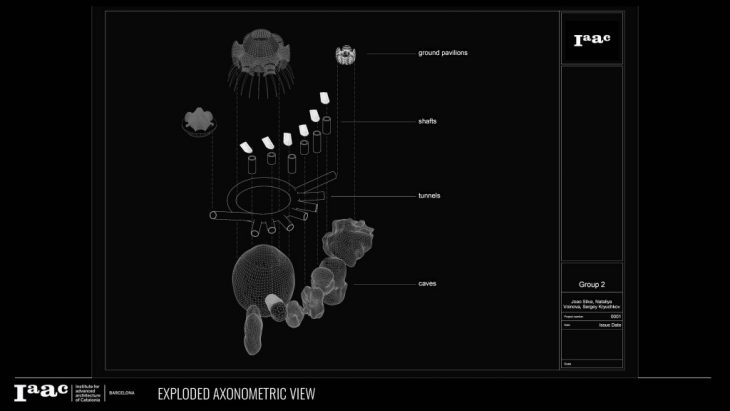
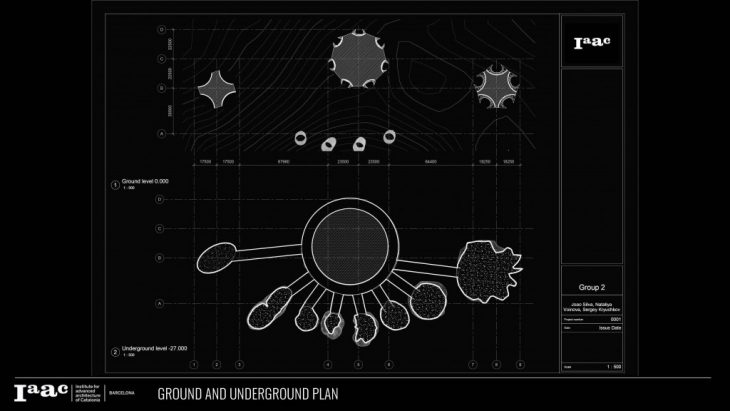
Strategy: aggregate elements according to their function using different Categories as a way of easily managing them in Revit. This allows for easy scheduling by function and flexibility in their visualization.
